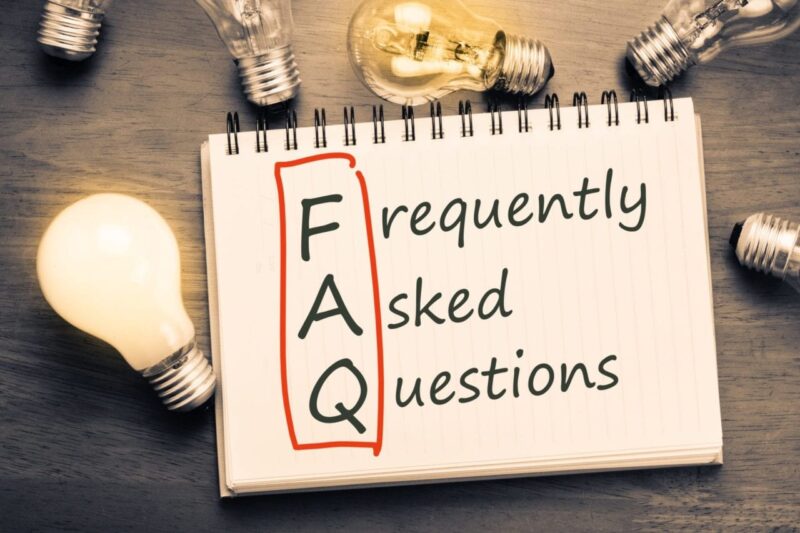- they were born between 1 September 2002 and 2 January 2011
- you were paid Child Benefit for them for at least one day before 4 January 2011
- your child was living in the UK
- your child wasn’t subject to any immigration restrictions before 3 April 2011.
All children who were eligible for a CTF account should now have one. Each child received vouchers worth £250 or £50, depending on when the child became entitled. The voucher to open a CTF account was sent to the person who got Child Benefit (or the European family benefit). HM Revenue & Customs (HMRC) would have opened an account for your child if either the voucher wasn’t used or a local council started to look after your child before you claimed Child Benefit. If you think that your child should have a CTF, you can use an online form from HMRC to find out where the child’s CTF is held.
It is estimated that six million people have £4.9bn invested in these obsolete accounts, held by 72 approved Child Trust Fund (CTF) account providers across the UK (mainly banks, building societies and credit unions). HMRC has a list of these providers. The CTF providers offer 3 main types of Child Trust Fund (CTF) account – the variable risk Stakeholder Accounts and Share Accounts and the more secure Savings Accounts.
You can add up to £3,720 a year to an existing CTF account. The money belongs to the child and can’t be taken out until they’re 18. Your child could also have got extra money paid directly into the account – for example, if you were on a low income. There’s no tax to pay on the CTF income or any profits it makes. It won’t affect any benefits or tax credits you receive.
If you’re the main contact for a CTF account, you’re called the ‘Registered Contact’. You have certain responsibilities until the child is 16 and can manage their own account. You’re the only person who can tell the account provider how to invest the fund and run the account, move the account to another provider or change the type of account. You hold your child’s Unique Reference Number – this is shown on the voucher, the statements for the account and details of the type of account and the provider.
You can open a Junior ISA instead, if your child wasn’t eligible for a CTF account. Junior ISAs are tax-efficient children’s savings accounts which replaced Child Trust Funds (CTFs). They’re available to any child under 18 who didn’t qualify for a CTF and who is resident in the UK. Unlike CTFs, new holders of Junior ISAs do not receive a lump sum to get them started. You can now switch CTFs into newer Junior ISAs which can offer higher interest rates, lower charges and a wider choice of investment fund. There is evidence that the gap between the CTF and Junior ISA interest rates is now widening, which could make a considerable difference in interest payments over the number of years to maturity.



